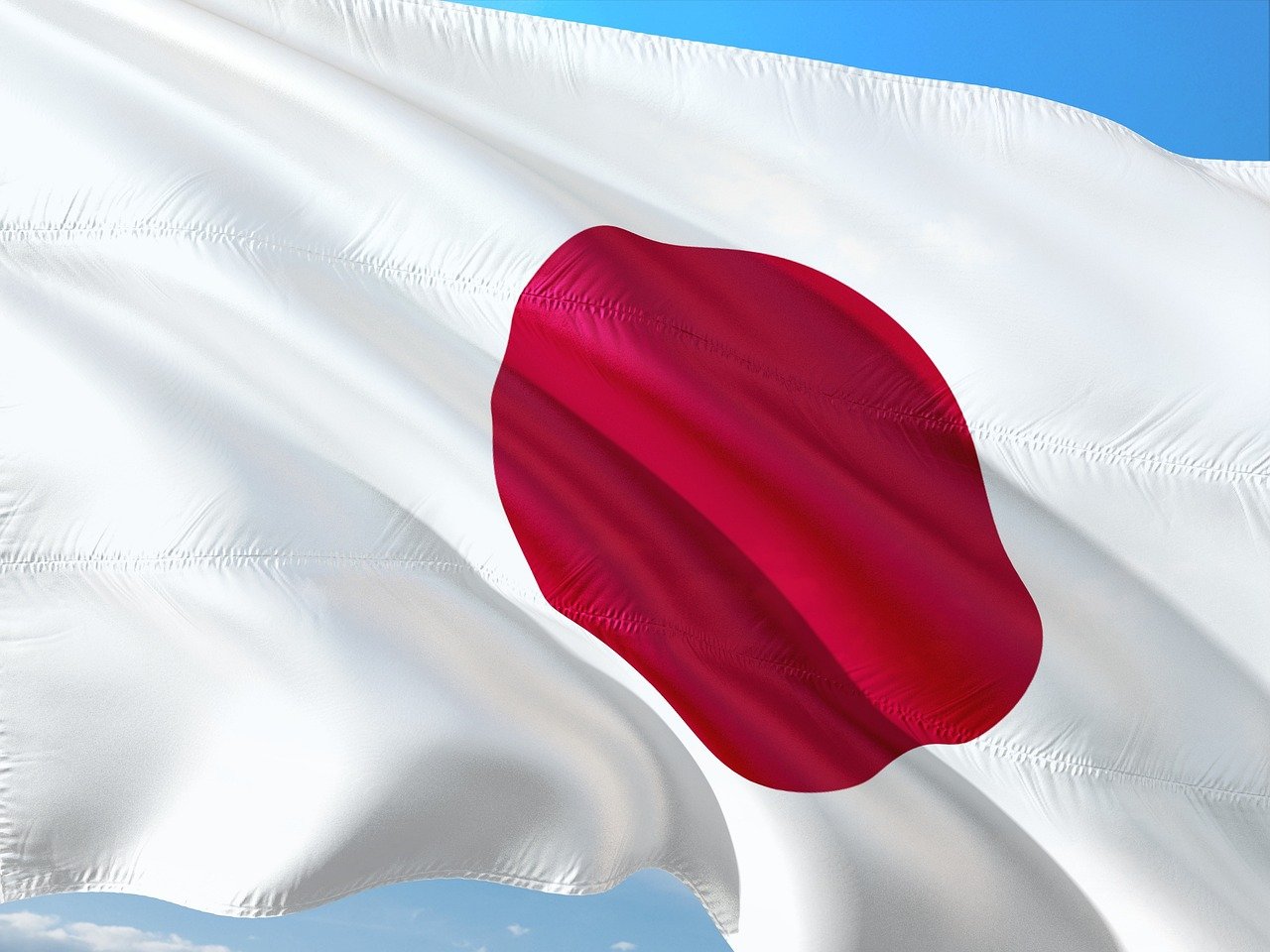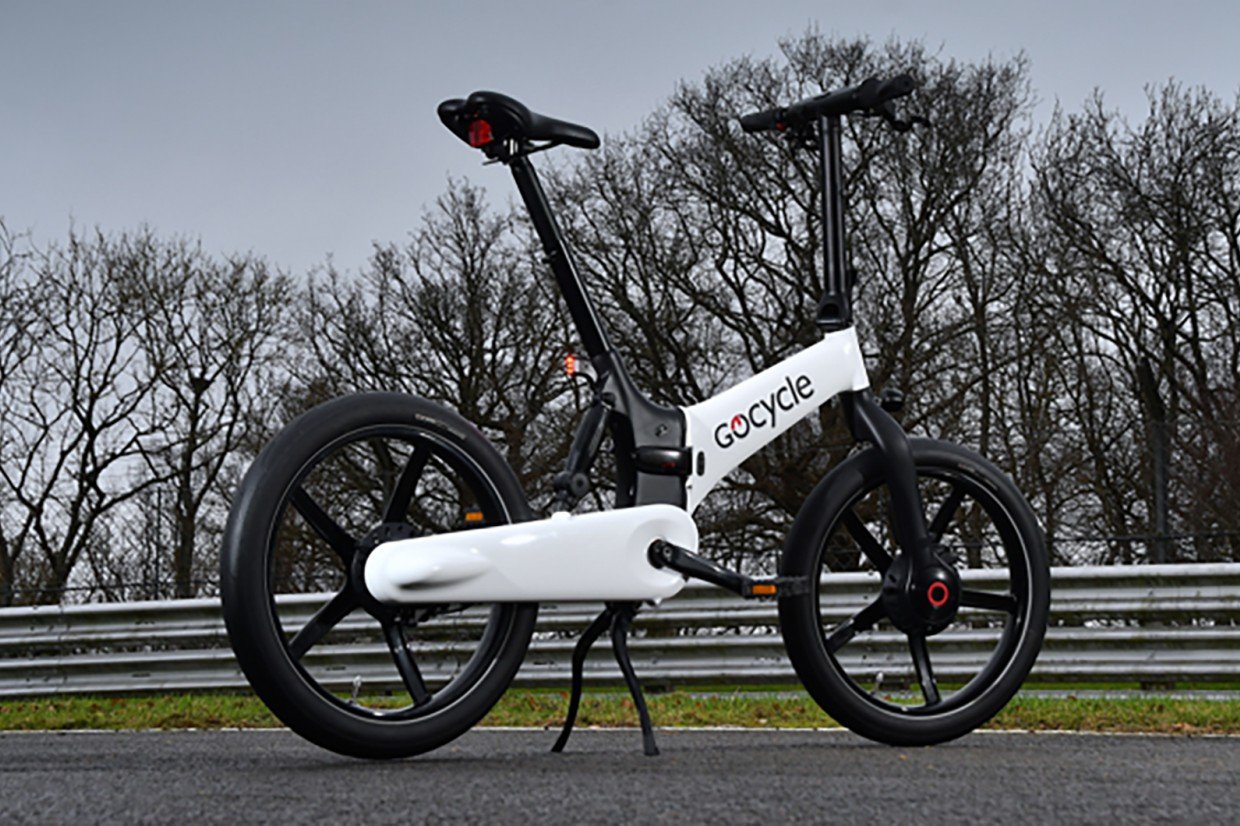A powerful earthquake measuring 8.8 magnitude hit off the eastern coast of Russia, sending waves of concern across the Pacific. Following the quake, both Japan and the United States quickly issued tsunami warnings for their coastal regions. The situation remains serious, as officials urge people in affected areas to move to safer ground.
The quake struck around 126 kilometers from the Russian city of Petropavlovsk-Kamchatsky at a depth of 18 kilometers. It triggered a tsunami of up to 4 meters in parts of Russia’s Kamchatka Peninsula. While there were no reported injuries, officials said a kindergarten building was damaged. Kamchatka’s governor called the earthquake the strongest in decades.
Japan’s northern island of Hokkaido was the first to report tsunami waves. Public broadcaster NHK confirmed waves of 30 to 40 centimeters had already hit areas like Tokachi. The Japanese government immediately issued evacuation orders for residents near the Pacific coast and riverbanks. Officials warned people not to return to low-lying areas until the tsunami warning is officially lifted. Japan’s Prime Minister stated that all response efforts would prioritize saving lives, and no major damage had been confirmed yet.
In Hawaii, emergency alerts were issued across the island of Oahu, including the capital, Honolulu. Authorities warned residents to evacuate immediately as waves as high as 3 meters (10 feet) could strike the shores. The U.S. Pacific Tsunami Warning Center reported that islands such as Guam could also face destructive waves between 1 to 3 meters high.
The U.S. also extended advisories to states along the West Coast including California, Oregon, and Washington. The National Weather Service stated that the first tsunami waves could reach California around 11:50 PM local time, and more waves might follow over the next 10 to 36 hours. Residents received alerts to avoid visiting beaches and coastal areas, though no evacuation was ordered in California.
This earthquake is among the strongest ever recorded in modern history. Experts confirmed that it ranks sixth globally, tied with major earthquakes from Chile (2010) and Ecuador (1906). Geophysicists warned that strong aftershocks or secondary waves could still occur.
As the Pacific region watches closely, the priority remains public safety. Officials continue to monitor wave activity, and emergency systems are in full operation. With international attention on this natural disaster, the situation reminds everyone of the unpredictable power of the Earth.





















